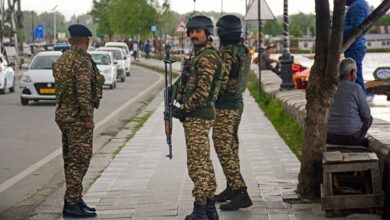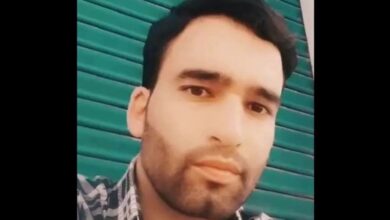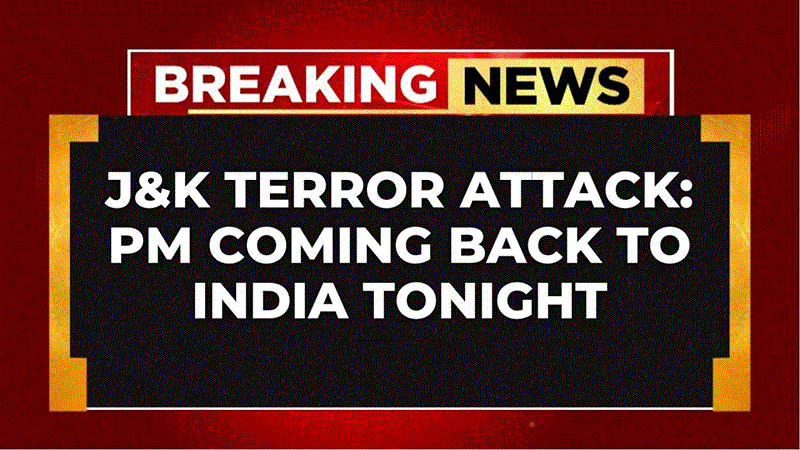Eid- e- Gulabi (Pink Eid) or Aab-e-Pashi (shower of colourful flowers) has been lost
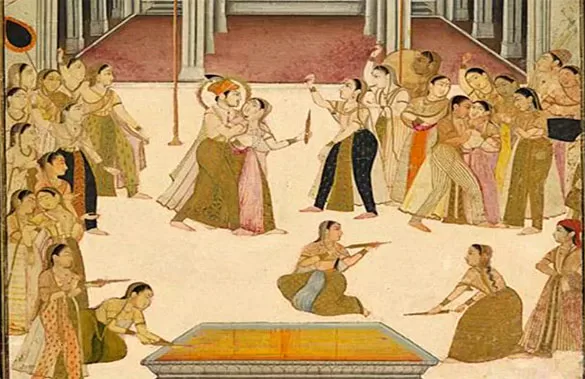
According to former regional director of Archaeological Survey of India (ASI) and Padma Shri recipient KK Muhammed, Holi was celebrated like Eid at Agra Fort and Red Fort in Delhi during the Mughal era.
Unlike popular perception that Holi is a festival of Hindus, Muslims, too, have been celebrating the festival with fervor over the centuries, especially during Mughal times.
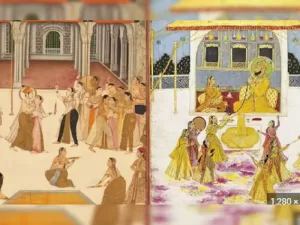
Muhammed told media that “this used to be one of the rare occasions when emperor Akbar would come out from his fort in Agra and play Holi with even the Akbar’ that the Mughal emperor used to collect beautiful water guns (pichkaris) of different sizes throughout the year and was greatly excited about the festival.
“It was called Eid- e- Gulabi (Pink Eid) or Aab-e-Pashi (shower of colourful flowers),” he said. Abul Fazl writes in Ain-i-Akbari, or the ‘constitution or institutes of Commo
Moreover, in a remarkable painting, Mughal emperor Mohammed Shah Rangila is shown running around the palace with his wife following him with a pichkari, Under the pen name ‘Sadarang’, Rangila through this composition vividly describes the scenes of Holi.
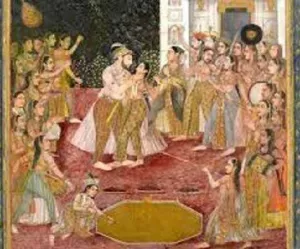
In Tuzuk-e-Jahangiri, emperor Jahangir mentions that he played Holi actively and organized gatherings that were known as ‘Mehfil-e-Holi’.
Paintings of Jahangir playing Holi with his wife Noor Jahan, have been painted by many artists like Govardhan and Rasik.
Bahadur Shah Zafar was another Mughal ruler who loved to celebrate the festival with the Hindu community.”
Last Mughal emperor, Bahadur Shah Zafar, whose Holi phags (songs) are relished even today, allowed his Hindu ministers to tinge his forehead with gulal during Holi each year.
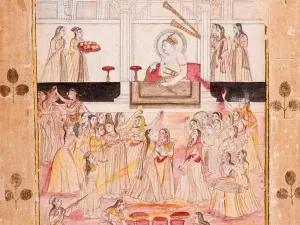
Throwing more light, historian Raj Kishore Raje, who is a writer of ‘Tavarikh- A-Agra’, a book based on the history of Agra, said, “Holi was celebrated in Agra Fort during the reigns of Akbar, Jahangir and Shah Jahan. The practice was continued by their successors, excluding Aurangzeb Alamgir.
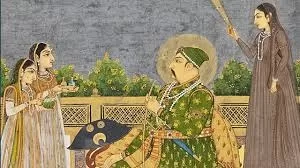
“Not just emperors, Sufi poets used this festival as an opportunity to propagate the message of brotherhood. Sufi saint Sayyid Abdullah Shah Qadri, popularly known as Baba Bulleh Shah, equally revered in India and Pakistan, wrote ‘Hori khelungi, keh Bismillah; Nam nabi ki ratan chadi, boond padi Allah; Rang rangeeli ohi khilave, jis seekhi ho fanaa fi Allah’ (I will play Holi, while saying bismillah; like a precious stone in Prophet’s name, every drop falls with the rhythm of Allah, only he who has learnt to lose himself in Allah, may play with these colours),” said, Ali Nadeem Rezavi, general secretary of Indian History Congress and senior professor at the Aligarh Muslim University.
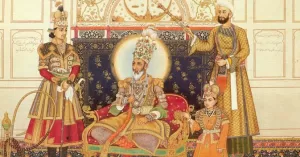
In the 13th century, noted poet Amir Khusrau wrote many verses in celebration of the festival. ‘Khelungi holi, Khaaja ghar aaye, dhan dhan bhaag hamare sajni, Khaaja aaye aangan mere’ (I shall play Holi as Khaaja has come home, blessed is my fortune, o friend, as Khaaja has come to my courtyard) is one such verse.
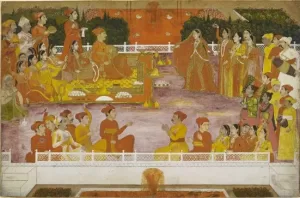
Qayam, an 18th century poet, depicted the festival with colour. In his lengthy poem, ‘Chandpur ki Holi’, Qayam paints a scene of an inebriated maulvi who has forgotten his way to the masjid. This is the state of people on Holi. He ends his poem with a prayer: “Ilahihai jab takke, ye shor o shar ho, alam mien, Holi seybaqiasar.” (O God let the festivity of Holi survive till the world does).



